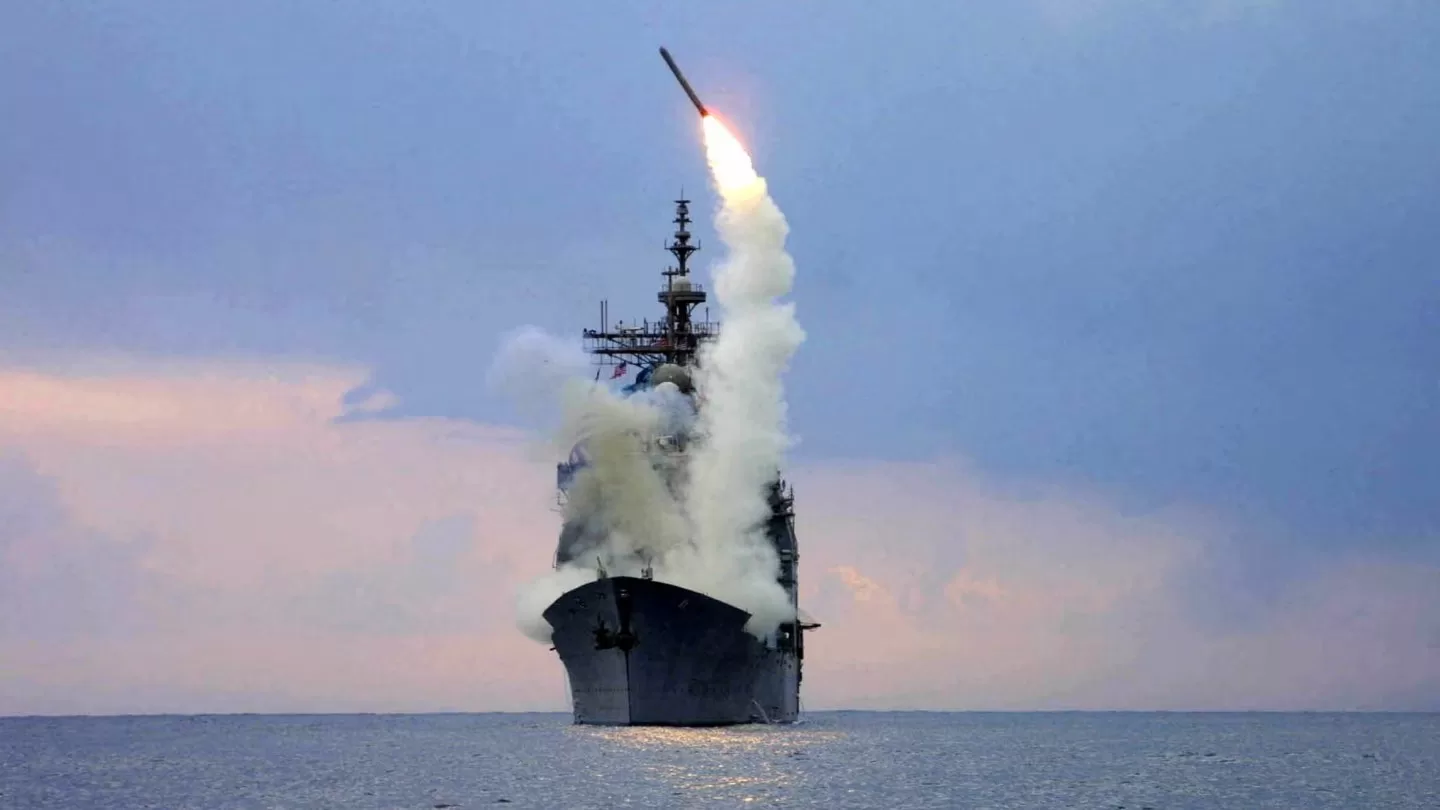The US President has proposed that Ukraine purchase long-range weapons, specifically Tomahawk cruise missiles, which are capable of striking deep into Russian territory. Final decisions on the types and quantities of these weapons have not yet been made; discussions in Washington regarding existing stockpiles and possible restrictions on their use are ongoing, according to the Financial Times .
Tomahawks are typically launched from ships or submarines, but can also be used from land—which is how Ukraine would likely use them against Russia. This requires specialized launchers: either the US Army's medium-range Typhon land-based systems or the Marine Corps' long-range missile launchers; the latter are more readily available, as the Marine Corps no longer uses them. It's unclear how many missiles the US is willing to sell to NATO allies for Ukraine, given the rate at which they are being used and restocked. Former Deputy Assistant Secretary of Defense Jim Townsend suggested that this is precisely what the Pentagon is currently discussing.
Since 2022, the US has purchased only 202 Tomahawk missiles, and since 2024, it has used at least 124 against the Houthis and Iran. Their use in the event of a strike on Venezuelan territory has also not been ruled out. "If we do provide Tomahawks, it will be a small batch, meaning Zelenskyy will have to be very careful about their use," Townsend said, adding that the missiles will be used against strategically important targets with the highest chance of success. Stacey Pettyjohn, director of the defense program at the Center for a New American Security, estimates the possible use at 20-50 missiles, while former Pentagon official Mark Cancian believes the US could part with "hundreds" of Tomahawks; according to his calculations, the US arsenal contains approximately 4,150 of these missiles.
President Volodymyr Zelenskyy believes Tomahawk missiles will enable more precise strikes against currently out-of-reach Russian military and energy facilities, which could change Vladimir Putin's calculations and persuade him to negotiate. According to Nikolai Beleskov, an analyst at the National Institute for Strategic Studies, such weapons will open the possibility of "combined attacks" and more effectively destroy oil refineries, defense industry facilities, logistics, and command and control systems, as well as help evade some Russian air defense systems that intercept some Ukrainian drones. Tom Karako, director of the missile defense program at CSIS, called Russian bombers striking Ukrainian civilian and military infrastructure "juicy targets" for Tomahawks.
Experts attribute the intensified discussion in Washington to the US president's disappointment with Putin's actions following the failed Alaska summit in August and his search for new instruments of pressure. Michael Kofman, a senior fellow at the Carnegie Endowment for International Peace, noted that after ignored ultimatums and threats of sanctions, the administration is turning to the few military options that could be of value to Moscow. Former Ukrainian Defense Minister and head of the Center for Defense Strategies, Andriy Zagorodnyuk, believes that "the time has come for negative incentives" and that such a move would also be an important political signal of support for Kyiv.
At the same time, questions of escalation remain. A senior NATO official predicts Russia's response will be "irresponsible rhetoric" with elements of nuclear blackmail, intensified fighting on the front lines, and "heavier strikes" on Ukrainian territory, but without any "unexpected" concrete steps. Kofman warns that if deliveries are largely symbolic and small, the potential leverage could dry up without producing significant impact. Beleskov estimates that at least 100 missiles per month are needed for a "proper effect"; otherwise, "drip-fed" deliveries will reduce added value.
The US will likely strictly control target selection to prevent escalation, notes Vienna-based military analyst Franz-Stefan Gadi. If approved, the missiles could arrive relatively quickly, a senior Western military official stated, adding that American contractors would be brought in to assist with their use—this would reduce the need for extensive training for Ukrainian troops and allow Washington to maintain control over targeting and other matters.
